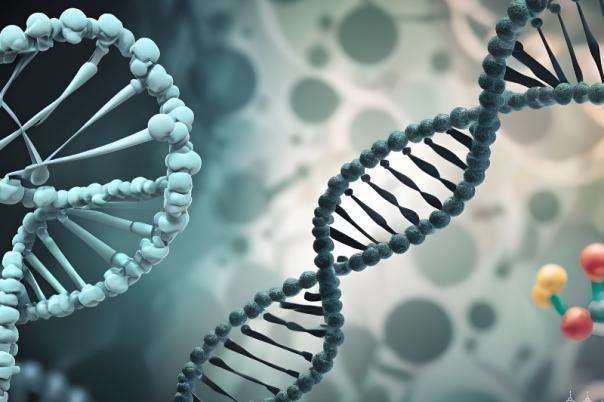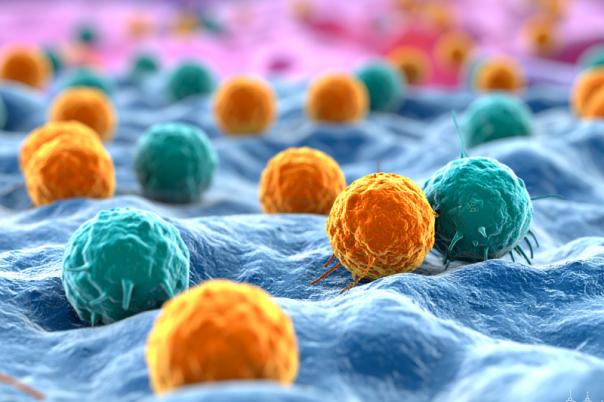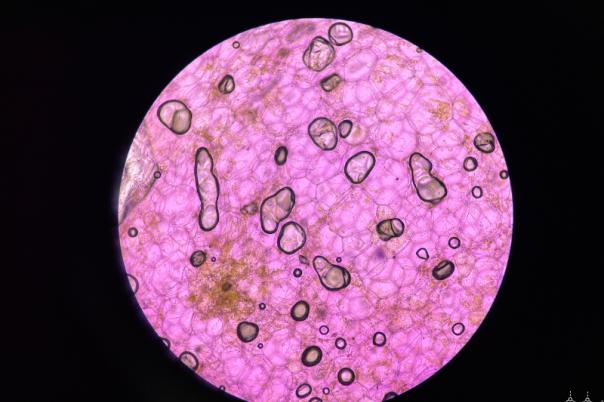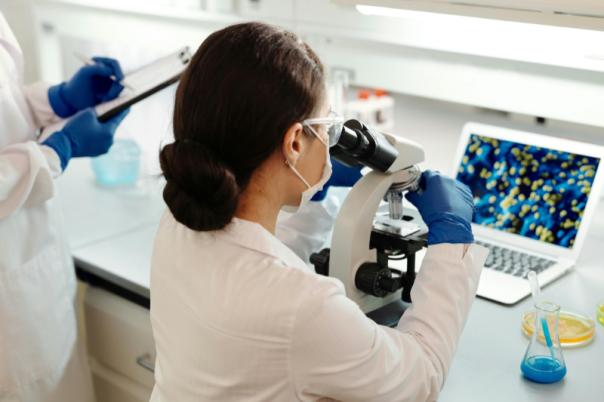Wolfgang Breitwieser delivered this overview of spatial omics capabilities and ongoing developments within his molecular biology core facility at the Patterson Building, located at the Christie Hospital in Manchester. The facility, which moved into its new premises two years ago, partners with Cancer Research UK and supports a range of cancer research teams from the Manchester Cancer Research Centre and the University of Manchester. Breitwieser highlighted the multidisciplinary nature of spatial transcriptomics, emphasising the essential collaboration between histology, imaging, and computational biology teams, all conveniently situated on a single floor. The MCSE Biobank was also noted as a valuable resource for human tissue and regulatory compliance.
The presentation explored sequencing-based spatial approaches, with the facility offering comprehensive services on Illumina and Oxford Nanopore platforms, alongside single cell and spatial transcriptomic services. Breitwieser discussed several key technologies, including 10X Genomics Visium, STOmics Stereo-Seq, Nanostring GeoMx, and the emerging Curio Trekker platform. He underscored the importance of technical considerations such as resolution, sensitivity, and the number of detectable targets, noting that these factors are critical in determining the suitability of different methodologies.
A detailed explanation of the GeoMx platform was provided, outlining its workflow, the use of RNA and protein panels, and the segmentation process using fluorescent markers. The platform’s ability to multiplex and capture both protein and RNA panels was highlighted, though Breitwieser advised that separate slides maximise sensitivity. He also described the labour-intensive nature of defining regions of interest and the benefits of automation for larger projects.
The STOmics Stereo-Seq technology was presented as a solution for achieving single cell and subcellular resolution, though it requires outsourcing for BGI sequencing. Breitwieser explained the challenges of segmentation and the trade-off between resolution and sensitivity. The Visium HD platform was discussed as a prevalent technology, with recent advancements in cell segmentation and quantitation of gene detection per cell.
Finally, Breitwieser introduced the Curio Trekker platform, which integrates spatial technology with single cell processing, offering higher sensitivity and the promise of more comprehensive discovery. He concluded by expressing optimism about the integration of spatial and single cell methodologies as complementary tools for future research.





